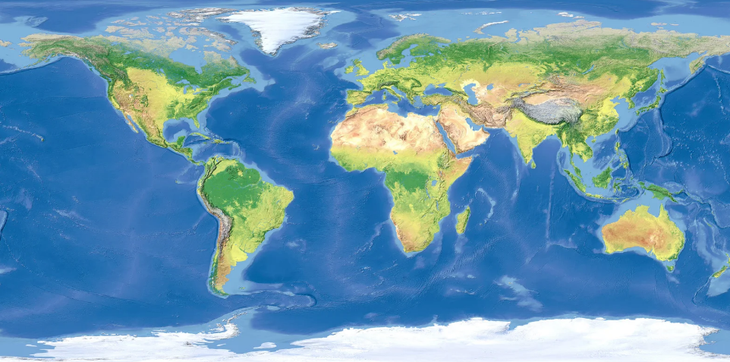
If you look at any world map, you will immediately see: The Pacific Ocean is the largest ocean on the planet, more than 5 times larger than the Moon - Photo: AI
According to the US National Oceanic and Atmospheric Administration (NOAA), the Pacific Ocean stretches over 163 million km², covering more than 30% of the Earth's surface. If all the continents were stacked together, they could still fit inside the Pacific Ocean.
Not only is it vast, it is also the deepest ocean in the world , with its deepest point being Challenger Deep in the Mariana Trench, which is more than 11,000 meters deep.
Remnants of an ancient superocean
Today's Pacific Ocean is the remnant of an ancient superocean called Panthalassa, the only ocean that once covered the entire Earth when the continents were still united in the supercontinent Pangaea.
"Panthalassa is the precursor to the Pacific Ocean," said Susanne Neuer, director of the School of Future Oceanography at Arizona State University (USA).
As Pangaea began to break apart about 230 million years ago, the continental plates began to drift apart. “North America and Eurasia began to separate from South America, Africa, Antarctica, and Australia,” explains Dr. Adriane Lam, a geologist at Binghamton University in New York.
While the Atlantic Ocean was born from the gaps between continents, Panthalassa, on the other hand, began to shrink. In areas where the oceanic plate was "swallowed" under the continent (called subduction zones), the Pacific Ring of Fire was formed, an area famous for earthquakes and volcanoes.
Formation of the Pacific Plate
According to a study published in the journal Science Advances in 2016, the Pacific tectonic plate, the base of the present-day Pacific Ocean, was born about 200 million years ago, from the junction of three ancient plates: Farallon, Phoenix, and Izanagi.
“The easiest way to visualize this process is to look at the tri-plate area in what is now Africa, specifically where the Nubian, Somali and Arabian plates meet,” Lam explains.
"However, in Africa, those three plates did not really separate successfully. In the Pacific, they completely separated and created a new plate, which is the Pacific Plate."
As the Pacific Plate expanded, it pushed back and replaced three older plates: The Izanagi Plate was subducted under the Asian continent; most of the Farallon Plate slid under North America, with only a few small pieces remaining off the US West Coast; and the Phoenix Plate now remains in a small section between South America and the Antarctic Peninsula—an area known as the Drake Passage.
The Pacific Ocean is… shrinking?
Although it is currently the largest ocean, scientists say the Pacific Ocean is gradually shrinking, while the Atlantic Ocean is expanding. However, with an area of about 106 million km², the Atlantic Ocean is still much smaller than the Pacific Ocean.
A forecast model published in 2024 suggests that in about 20 million years, the Atlantic Ocean will also begin to… shrink.
But even so, with its area, depth, long geological history and rare complexity, many scientists believe that the Pacific Ocean is "the most magnificent ocean the Earth has ever had".
“The Pacific Ocean is a unique ocean,” said Lam. “It is a vivid example of how the planet has changed over hundreds of millions of years.”
Source: https://tuoitre.vn/he-lo-bi-mat-cua-dai-duong-lon-nhat-the-gioi-20250616210759273.htm





![[Photo] Cutting hills to make way for people to travel on route 14E that suffered landslides](https://vphoto.vietnam.vn/thumb/1200x675/vietnam/resource/IMAGE/2025/11/08/1762599969318_ndo_br_thiet-ke-chua-co-ten-2025-11-08t154639923-png.webp)

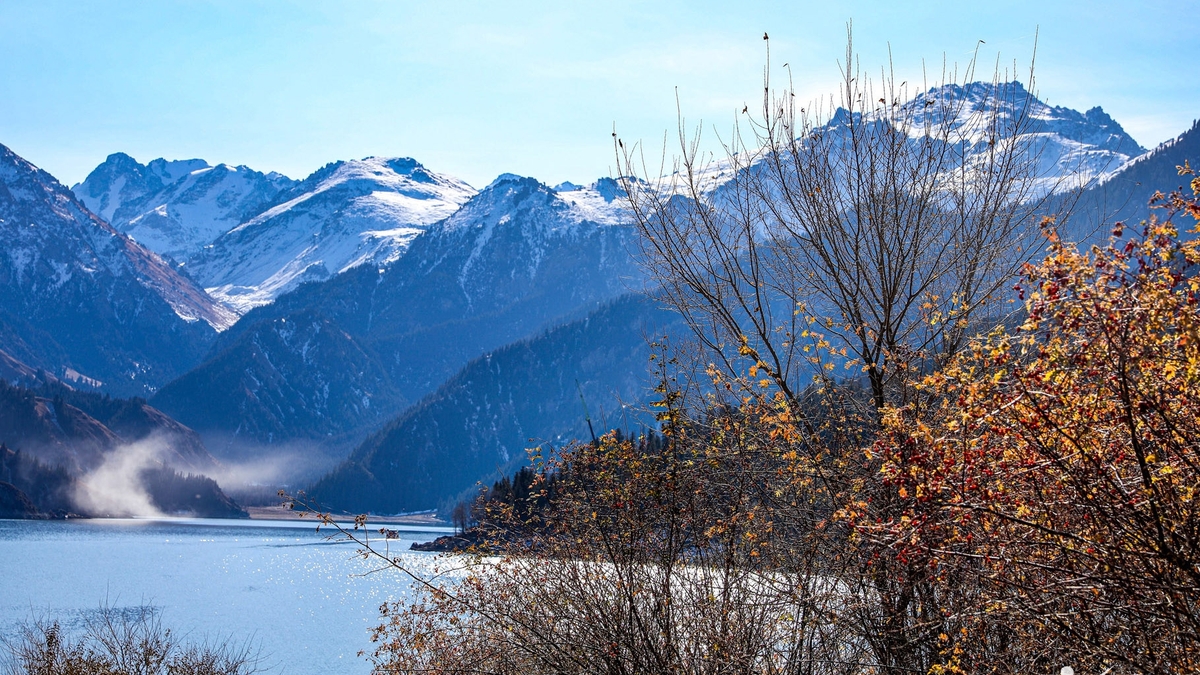

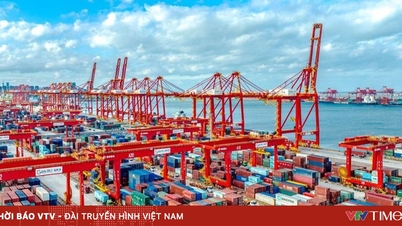






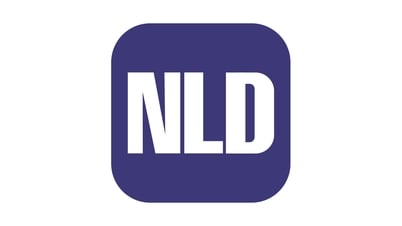





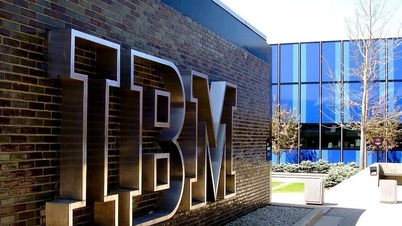
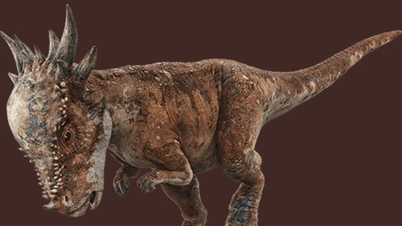

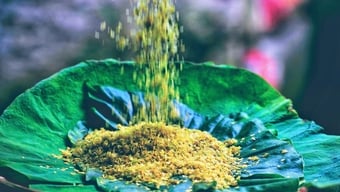







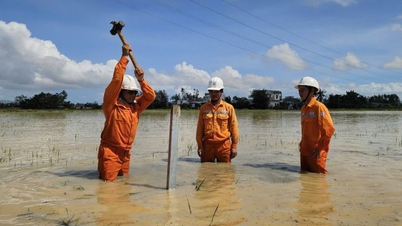







![[Video] Hue Monuments reopen to welcome visitors](https://vphoto.vietnam.vn/thumb/402x226/vietnam/resource/IMAGE/2025/11/05/1762301089171_dung01-05-43-09still013-jpg.webp)

















































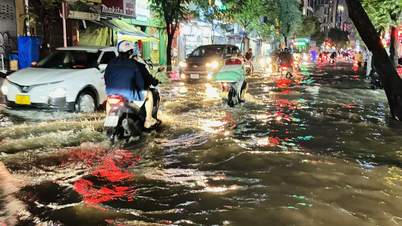



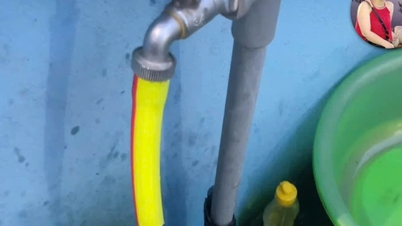














Comment (0)